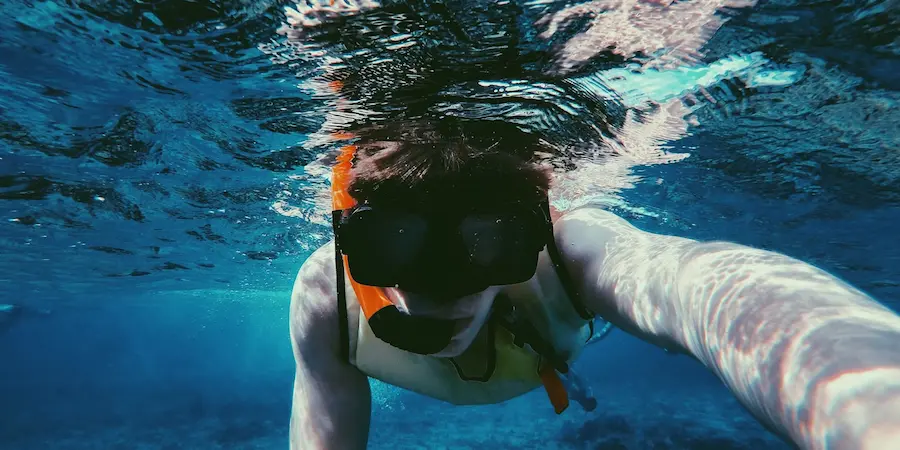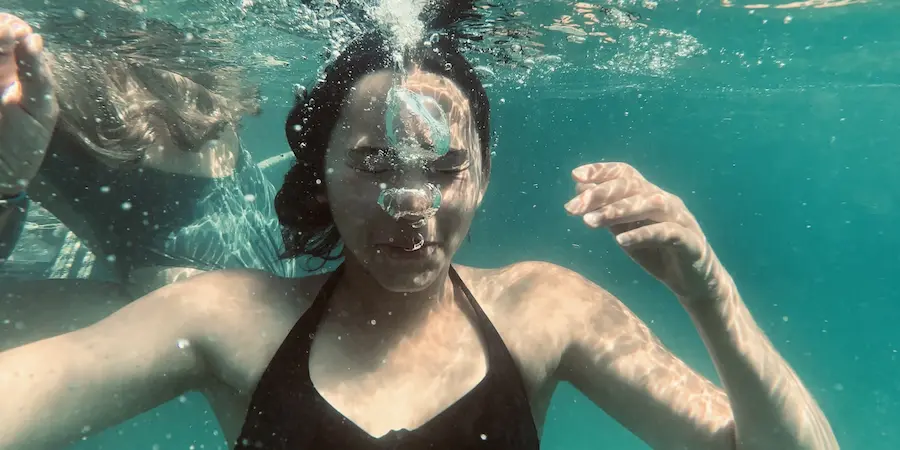If you’re the kind of person who takes the iPhone everywhere —yes, even to the beach or on weekend mountain biking rides— knowing how water-resistant it is isn’t a minor detail, it’s key information for your peace of mind. How far can your iPhone withstand being underwater and for how long? Here we provide a clear model-by-model guide, a simple explanation of IP certifications, and practical tips to avoid unnecessary scares. In fact, the same waterproofing logic you see in smartwatches or action cameras like GoPro also applies to phones, albeit with important nuances.
Which iPhones are water-resistant and to what extent?
Since the iPhone 7 generation, Apple has equipped its phones with water resistance under IP standards. That means that, within specific limits of depth and duration, the device can withstand accidental immersion or splashes. The general rule is simple: the more recent the model, the better prepared it is against water.
- iPhone 16, iPhone 15, iPhone 14, iPhone 13 and iPhone 12: they have an IP68 rating and withstand immersions of up to 30 minutes at a depth of 6 meters.
- iPhone 11 Pro and iPhone 11 Pro Max: also IP68, with resistance up to 30 minutes at 4 meters.
- iPhone 11 and iPhone Xs: IP68 with a margin of up to 30 minutes at 2 meters.
- iPhone SE (2022 and 2020), iPhone Xr, iPhone X, iPhone 8 and iPhone 7: these are IP67, with resistance to immersion of up to 30 minutes at 1 meter.
- iPhone 6 and earlier: they do not have water resistance.
As you can see, the newest iPhones widen the allowable depth while keeping the same maximum exposure time. Still, it’s worth remembering that resistance is not an invitation to use the phone as an aquatic accessory, but a safety bonus against mishaps.
IP67 vs IP68: how to read the certification
Protection against dust and water is summarized in the IP (Ingress Protection) code. After the letters IP come two numbers: the first indicates the level of protection against dust and particles (with 6 being the highest value on that scale), while the second reflects water resistance, where a higher number implies greater tolerance to immersion.
With that in mind, IP67 means the device can be submerged up to 1 meter for 30 minutes, while IP68 guarantees the same exposure time but at 2 meters or more, depending on what the manufacturer specifies for each model. For iPhones, that translates into limits that range between 2, 4 and 6 meters depending on the generation. In today’s lineup, IP68 is the highest rating you’ll see for this family.
This standard is the same you’ll find in other gadgets that face demanding situations, like rugged Bluetooth speakers or fitness bands, although each product category tailors the certification to its real-world use. That’s why, even though the IP label is common, the specific limits —depth and time— can vary between models and manufacturers.

How to prevent damage and what to do if it gets wet
The best repair is the one you don’t need. If you’re going to do water sports, ride through muddy trails, or be in environments where splashes are inevitable, it’s wisest to add an extra barrier. Two classic allies: a waterproof bag with a seal or a dedicated “waterproof” case. Besides preventing water ingress, many such cases add protection against drops and impacts, which is always appreciated when the adventure gets intense.
And if the accident has already happened? If the iPhone has had contact with water, act quickly and methodically:
- Dry it as soon as possible with a lint-free cloth, without rubbing excessively.
- Before turning it on, make sure it is completely dry. Patience is your best friend here.
- Check the charging port (Lightning on many models) and the headphone jack on iPhones that still have one. If you see moisture, let it evaporate.
- If after drying it does not respond or shows strange behavior, it’s best to have it checked by a qualified service technician.
Remember that the IP rating is measured under controlled conditions and with devices in perfect condition, so normal wear, drops, or use in dirty environments can reduce real protection over time. In other words, resistance is there to save you from a mishap, not to turn the phone into diving equipment. Also, as with any technological standard, it’s a useful guide for comparing models and making informed decisions, but it doesn’t replace basic care of the device.
In summary, if you know your iPhone’s limit —IP67 or IP68 and the specific depth per model— and add a couple of good practices, you can enjoy your outings without surprises. Because yes, it’s great that the phone is tougher than it looks, but it’s even better when it doesn’t have to prove it.

